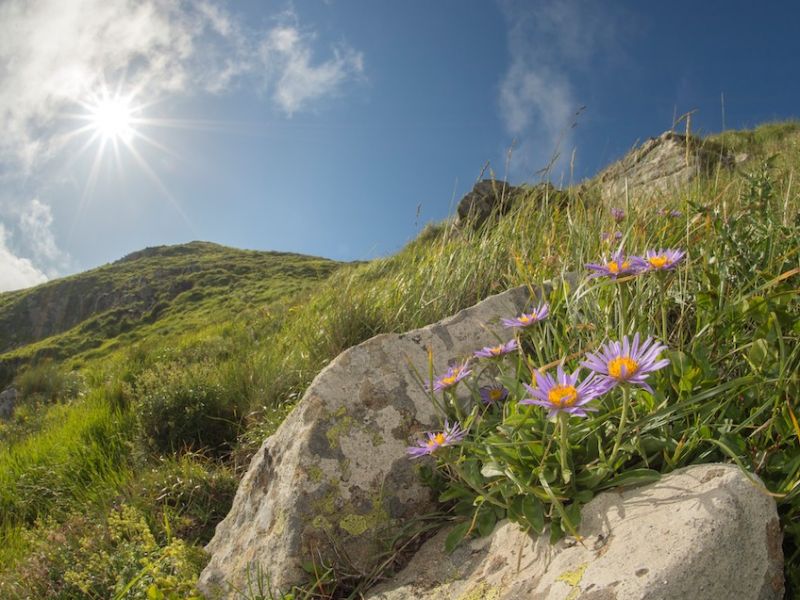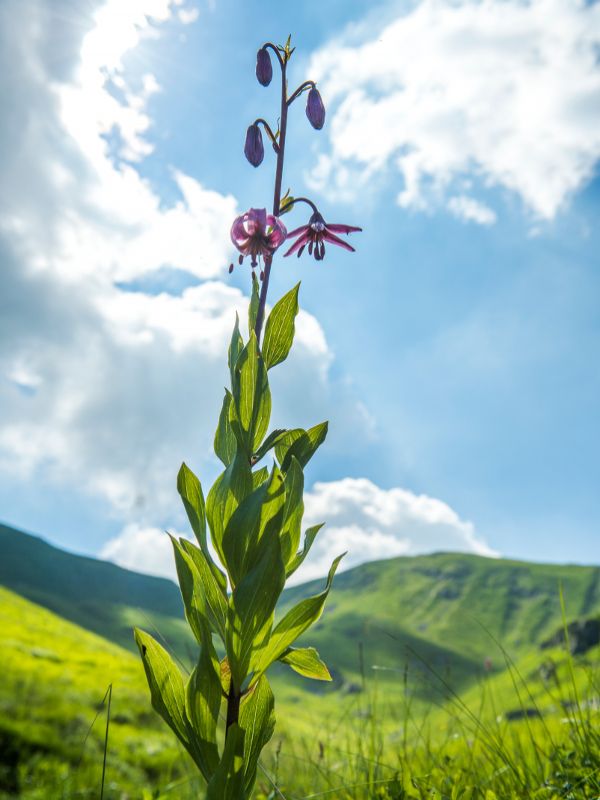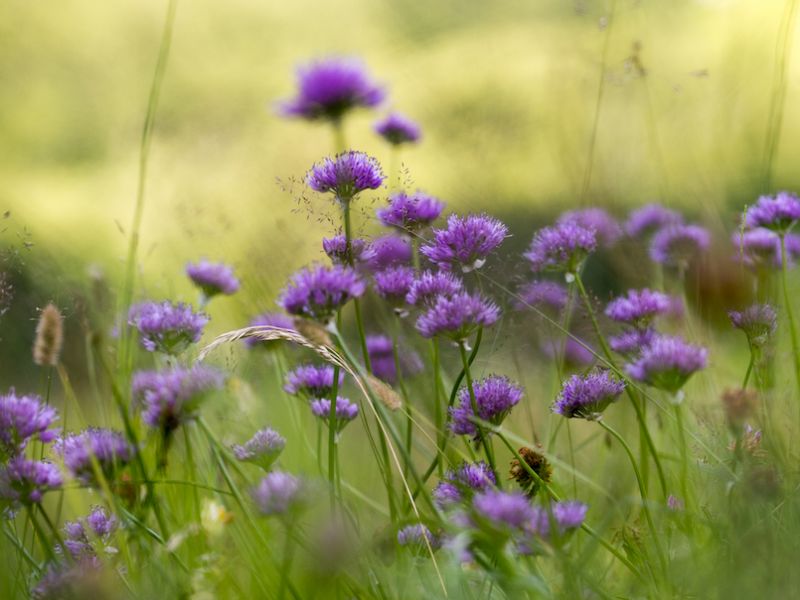Home » Nature and Territory » Parco Regionale del Corno alle Scale » Protected Area
Flora and vegetation
The park is almost entirely covered in forest. At altitudes below 1000 m you'll find hilly oak forests, mixed forests where oak species (pubescent oak, European oak, turkey oak) grow together with the European hop hornbeam, manna ash, field elm, cheery, sweet chestnut and numerous small shrubs.
From 900-1000 m the landscape is dominated by extensive beech forests: in the Silla Valley they extend almost as far as the Tuscan-Emilian Apennines, whereas towards the head of the Dardagna Valley, they give way to high-altitude vegetation.
In the past, these forests formed the Belvedere and Rocca Corneta woodlands and magnificent descriptions of these woods from the accounts of nineteenth century travellers remain today; the forests still retain their stunning beauty, however it is now rare to come across trees of such majestic proportions, as coppiced woods have largely taken their place.
In different areas of the park, beech forests alternate with replanted coniferous forests comprising European spruce, silver fir, larch, various pine species and the occasional Douglas fir. Although in contrast with the surrounding landscape, the more mature high forests, featuring large, distantly spaced trees, are nevertheless quite striking. Beech trees are commonly found along the banks of the watercourses, together with alders, various species of sedges and horsetails, as well as hazels and alpine laburnums. Towards the upper limit of the woods, the beech forests become thickets, with low lying beech shrubs that are subjected to harsher weather conditions.
Bilberry heaths and high mountain pasturesBeyond the forest limits, starting from an altitude of 1600 m, low lying vegetation covers the terrain up to the highest peaks: this is the Nude (bare) region, as a nineteenth century traveller described it.
The typical vegetation in this area is the bilberry heath, comprising dwarf shrubs of common bilberry and bog bilberry that cover vast areas, referred to as baggioledi (where bàggiole is the name of the common bilberry's sweet fruit in the local dialect). The park's territory represents a critical phytogeographic limit for various species typical of bilberry heaths: further south the Apennine ridge does not have suitable altitude and climatic conditions for their growth.
For the same reasons, many other plant species that are commonly found on Europe's highest slopes and on the Alps do not grow on the Apennines below the Corno alle Scale mountain range, which represents the southern boundary of distribution for all these species, such as the alpine columbine, trumpet gentian and purple gentian. The bilberry heaths are intermixed with vast secondary meadows, which were created in the past when shepherds burned the land to increase grazing areas. The gentler slopes are generally covered in dense grasslands, dominated by the matgrass.
The plants living among rocksThe park's cliffs are home to a number of very rare species, including alpine aster, bear's ear (Primula auricula), whose sole regional range is on the Balzi dell'Ora, purple saxifrage, an important species endemic to the Apennines, and silvery crane's bill, a Tertiary relict flora. In early summer the ledges that protrude from the rocky cliffs come alive with the lovely white blossoms of the narcissus-flowered anemone and the bright violet-blue flowers of the alpine columbine.
2024 © Ente di gestione per i Parchi e la Biodiversità - Emilia Orientale
Piazza XX Settembre, 1 - 40043 Marzabotto (BO)
Tel. +39 051 6701260-6254811 - Fax +39 051 6254521
E-mail protocollo@enteparchi.bo.it - PEC enteparchibo@cert.provincia.bo.it
P.IVA CF 03171551207
Codice univoco per la fatturazione elettronica: UF2KK4
E-mail protocollo@enteparchi.bo.it - PEC enteparchibo@cert.provincia.bo.it
P.IVA CF 03171551207
Codice univoco per la fatturazione elettronica: UF2KK4





